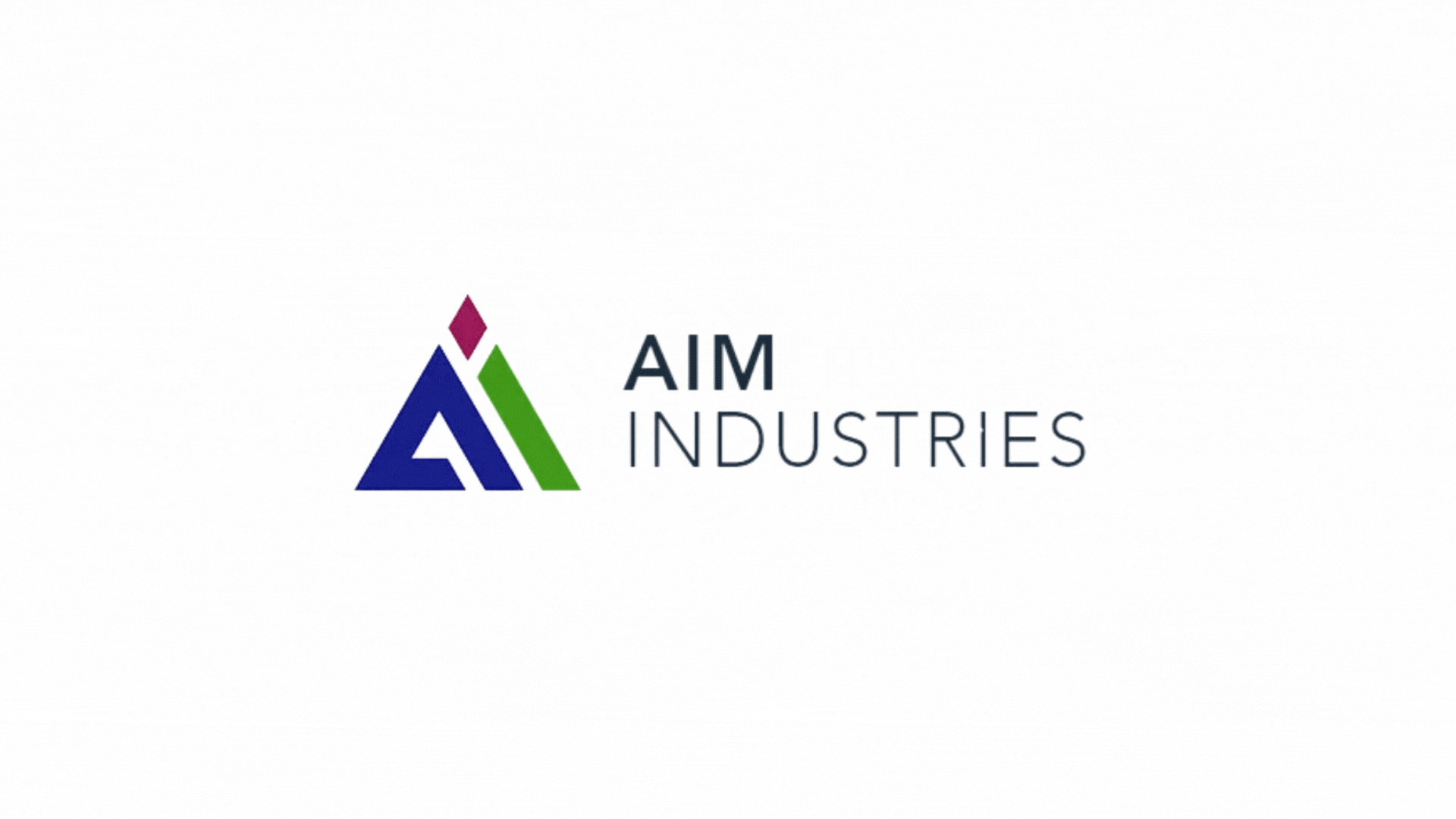How do I identify tactile paving?
Shotblast Concrete Tile is given a matt rough finish by blasting steel balls at the surface of a concrete tile.
When the concrete tile has undergone a process of shotblasting, it is known as an exposed aggregate finish.
Why choose AIM tactile paving?
AIM's versatile range of tactile concrete tile allow you to utilise the full range of sizes and types for various purposes such as warning measures near edges of platforms or to demarcate a certain area.
AIM provide numerous textures and finishes to enhance your development.
We AIM to work with urban designers and streetscape designer to provide an inclusive habitat to all road users, through the utilisation of different finishes.
When the concrete tile has undergone a process of texturing either by rotating disk or shot/sand blasting, it is collectively known as an exposed aggregate finish.

Blister Tactile

Cyclepath Tactile

Directional Tactile

Hazard Tactile
Where are tactile concrete paving usually used?
Tactile concrete paving are usually used in pedestrian areas, to demarcate a certain are. There are four types of tactile paving and are named blister, hazard, directional and cyclepath.
What quality standards do AIM follow?
AIM's range of paving tiles and blocks conform to and exceed the BS-EN 1339 standard and are known for its superior quality.
We achieve this by manufacturing hydraulically pressed products, using wet mix concrete technology, not allowing for any honeycombing to occur and therefore producing a market leading quality to be proud of.
AIM are capable of manufacturing a large variety of sizes in different thicknesses. Over the past 12 years we have built our mould range up to cater for the growing demands and requirements of the Saudi market. We are able to manufacture odd thicknesses due to our wet mix technology.
In addition to the moulds we have amassed, AIM have invested in producing our own line of cutting machines. AIM utilise cutting machines to provide smaller dimensions such as 100x100mm or odd shapes such as quadrilaterals.
